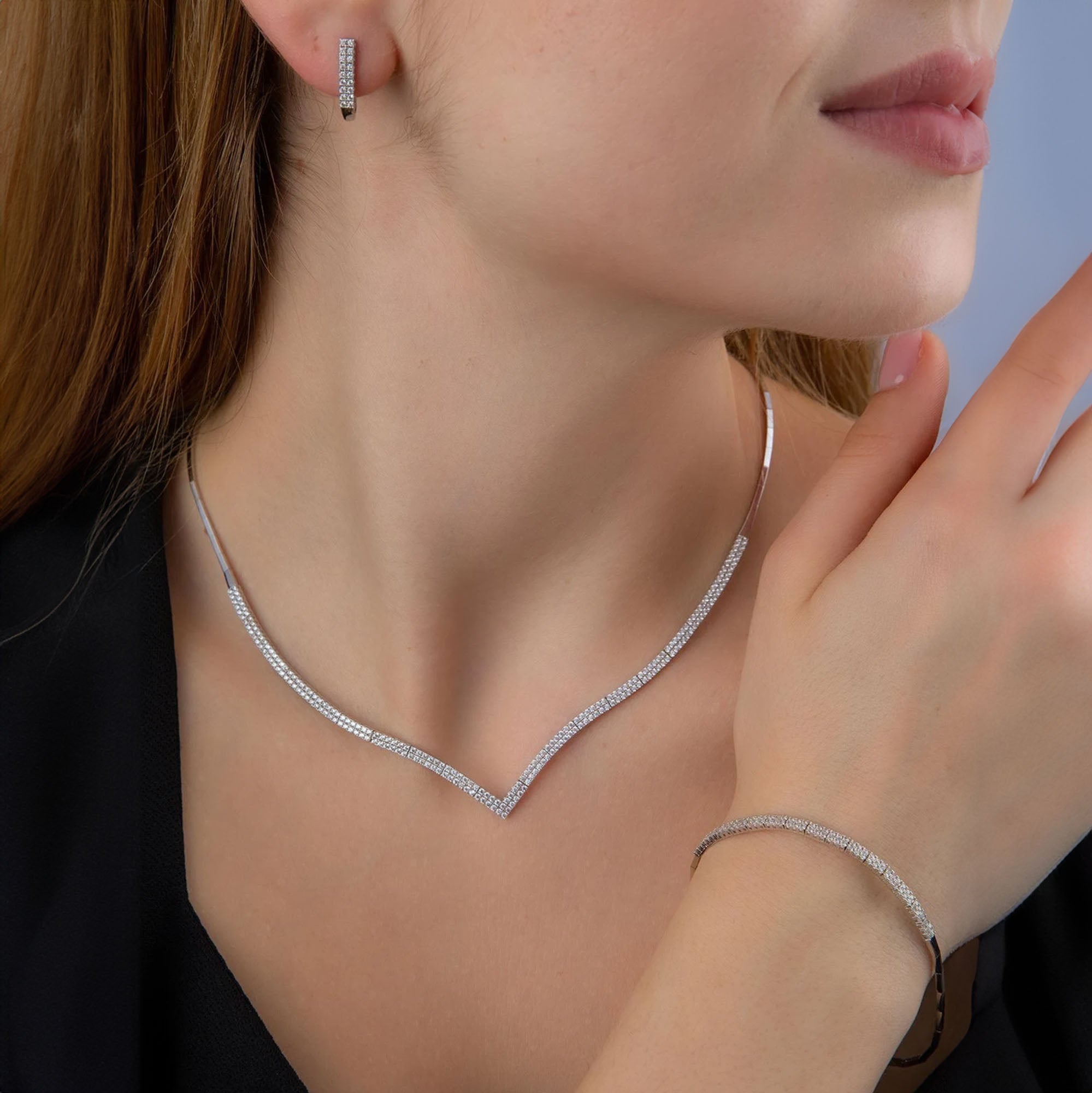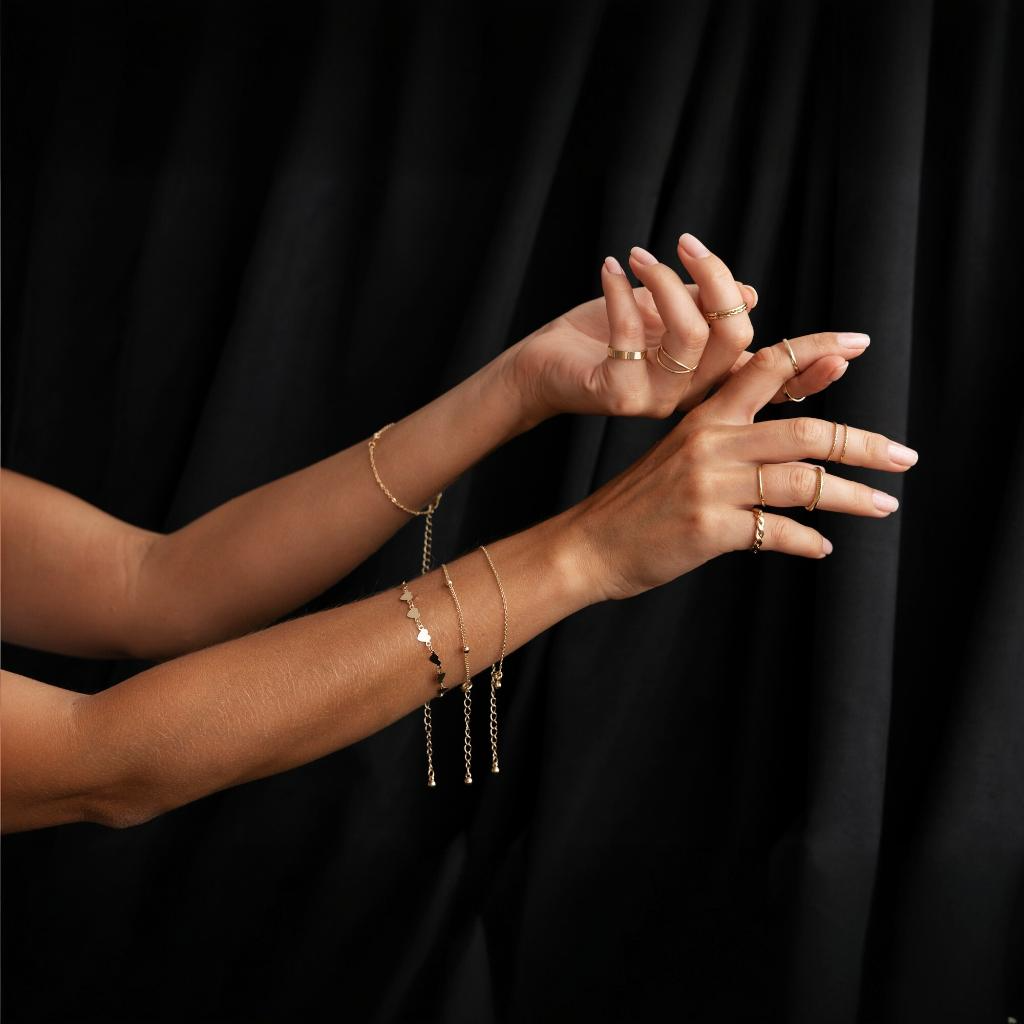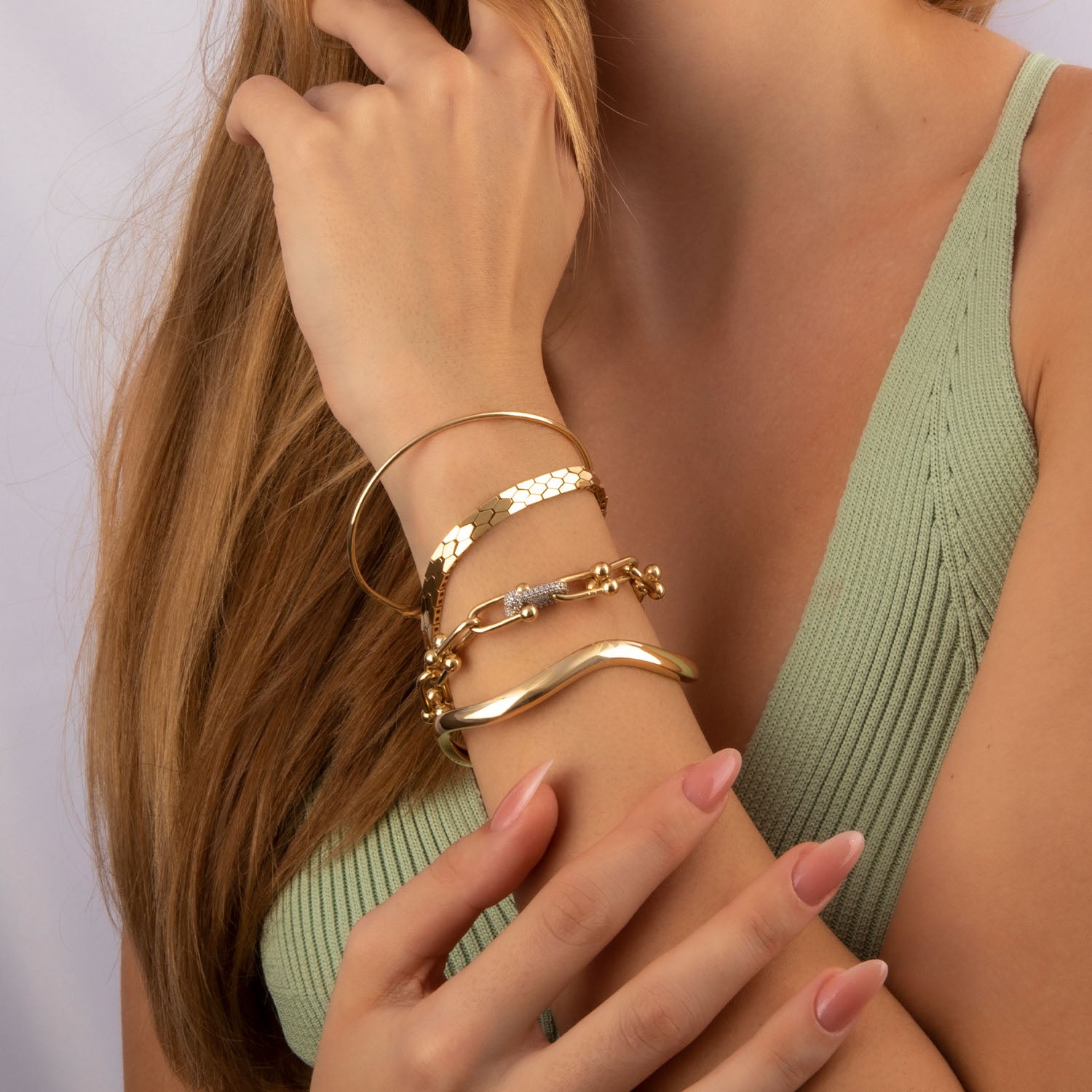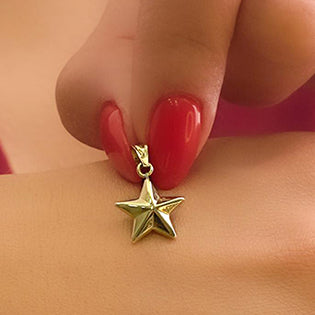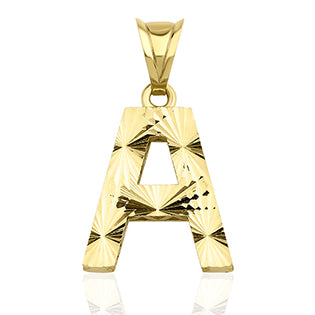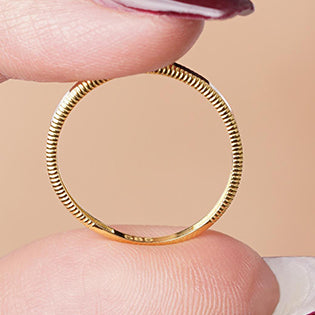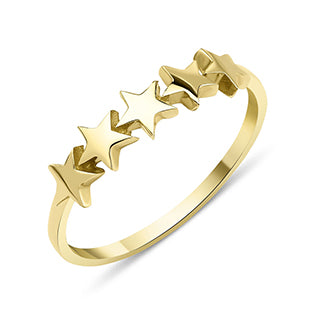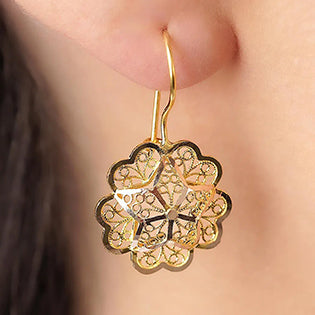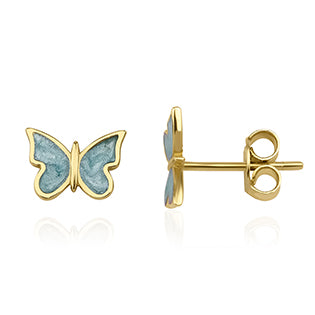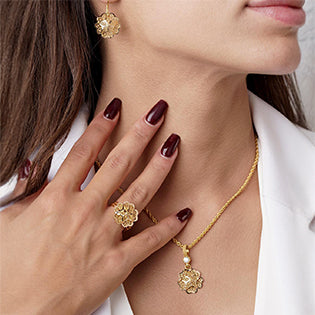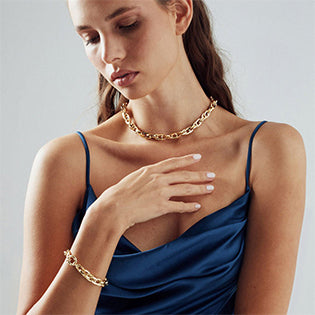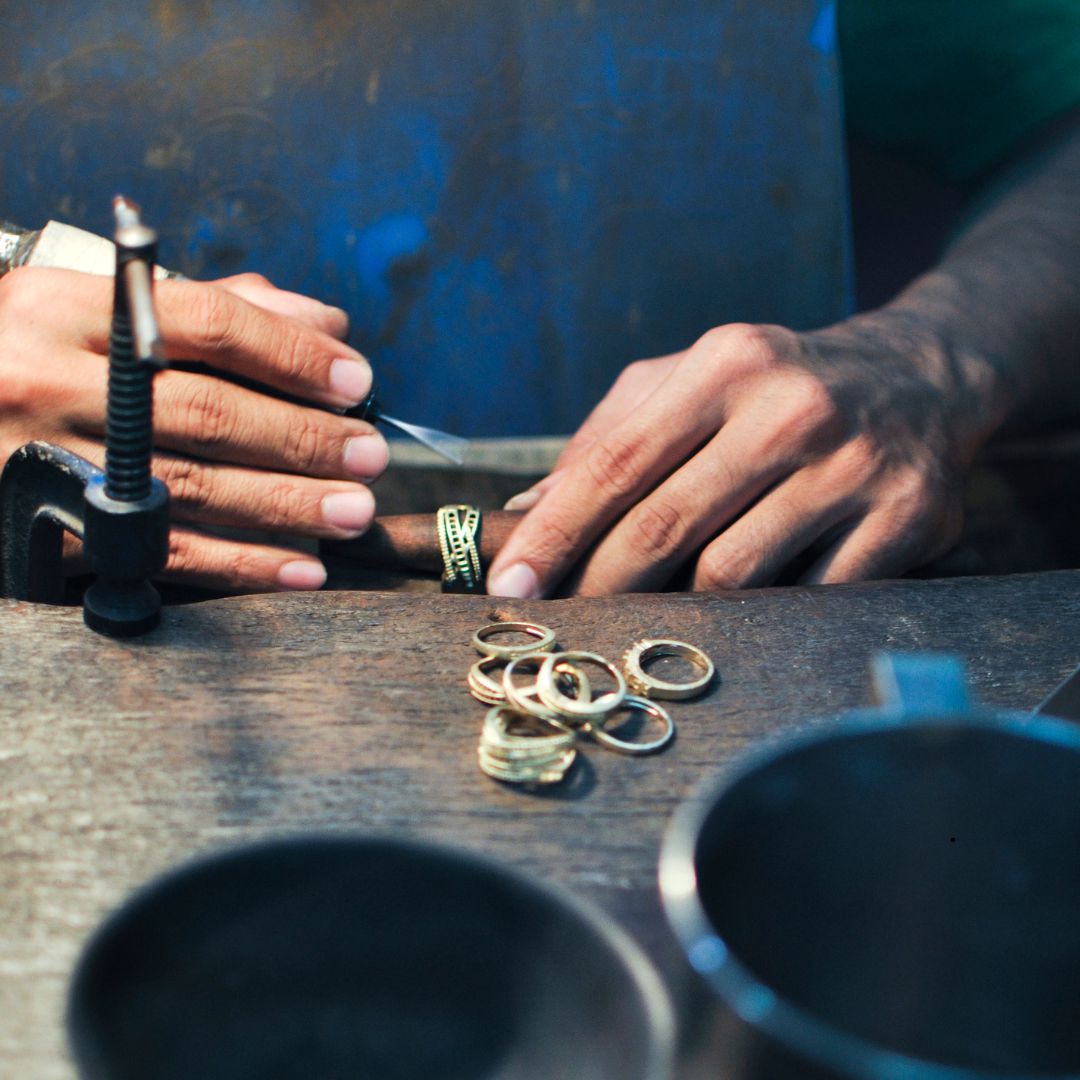
Shocking History Behind the World’s Most Iconic Designer Ring
Imagine slipping a sparkling symbol of eternal love onto your finger—only to discover it was born from ancient contracts of ownership, fueled by manipulative marketing, and tainted by modern-day exploitation. We're talking about the diamond engagement ring, specifically the revolutionary Tiffany Setting introduced by Tiffany & Co. in 1886. Hailed as the world's most iconic designer ring, this gleaming masterpiece has captivated hearts for over a century. But beneath its dazzling facade lies a history that's far more twisted than you might expect. Buckle up as we uncover the jaw-dropping truths that will make you see that rock on your hand in a whole new light. Will you still say "I do" to its legacy?
From Ancient Symbols to Chains of Possession: The Dark Origins That Started It All
What if I told you the engagement ring wasn't always about romance? Rewind to ancient Egypt around 3000 BCE, where circles of braided reeds or leather symbolized eternity—no beginning, no end. Sounds poetic, right? But fast-forward to Ancient Rome in the 2nd century BCE, and things get sinister. Roman women wore rings made from ivory, flint, bone, copper, or iron not as tokens of affection, but as badges of a "business contract." These weren't gestures of mutual love; they signified obedience and ownership by men. Yes, you read that right—the ring was essentially a receipt proving a woman was "claimed."
This contractual vibe persisted through the Middle Ages. By 850 CE, a gold ring represented a man's intent to marry, but it still screamed possession more than passion. The first recorded diamond engagement ring? That dubious honor goes to Archduke Maximilian of Austria in 1477, who proposed to Mary of Burgundy with a diamond-studded "M"—a flashy move that set a precedent for bling, but diamonds remained rare and reserved for royalty. Little did the world know, this was just the beginning of a glittering trap.
The Spark That Ignited an Obsession: How Diamonds Conquered Hearts (and Wallets)
Diamonds weren't always the go-to for proposals. In fact, they were practically ignored until the late 19th century. Enter Charles Lewis Tiffany, the visionary behind Tiffany & Co., who in 1886 unveiled the Tiffany Setting—a solitaire diamond elevated above the band by six platinum prongs. This design wasn't just innovative; it was revolutionary. Before this, diamonds sat low in bezels with closed backs that trapped dirt and dulled their shine. Tiffany's creation maximized light reflection, making the stone pop like never before. Suddenly, the engagement ring became a status symbol, synonymous with luxury and American elegance.
But why is this the "most iconic designer ring"? It's the blueprint for nearly every modern engagement ring you see today. Celebrities, royals, and everyday lovers flock to it—think Audrey Hepburn in Breakfast at Tiffany's or the countless replicas sold worldwide. Tiffany & Co. even sourced gems like kunzite and tanzanite, cementing their role as innovators. Yet, this sparkle hid a brewing storm. Diamonds were plentiful after South African discoveries in the 1870s, but their value? That was about to be artificially inflated in one of history's biggest cons.
The De Beers Deception: How a Slogan Turned Rocks into "Forever"
Here's where the story turns truly shocking. By the 1930s, diamond sales were tanking due to the Great Depression. Enter De Beers, the mining giant controlling most of the world's diamonds. In 1947, they launched a ruthless marketing campaign with the slogan "A Diamond Is Forever," enlisting Hollywood stars like Marilyn Monroe to glamorize the gem. The pitch? Diamonds symbolize unbreakable love—eternal, just like the stone. But it was all smoke and mirrors. De Beers stockpiled diamonds to create artificial scarcity, jacking up prices while convincing men they must spend two months' salary on a ring.
This wasn't romance; it was manipulation on a global scale. Before De Beers, engagement rings often featured rubies, sapphires, or no stones at all. Post-campaign? Diamonds became non-negotiable, embedding themselves in Western culture. Shocking fact: The "tradition" is less than 100 years old, yet it feels ancient. And Tiffany's iconic setting? It perfectly complemented this hype, becoming the vessel for these "forever" stones. But as we'll see next, the cost of this illusion goes far beyond your bank account.
Blood on the Brilliance: The Hidden Horrors of Diamond Mining
If the marketing scam wasn't enough to make your stomach turn, consider the human cost. The 1990s exposed "blood diamonds"—gems mined in war zones like Sierra Leone and Angola, funding brutal conflicts, child soldiers, and atrocities. Rebels forced civilians into mines, amputating limbs as punishment. Films like Blood Diamond brought this to light, but the issue persists in some regions despite certification processes aimed at curbing it.
Even "ethical" diamonds have shadows: Environmental devastation from open-pit mining, water pollution, and exploitation of workers in poverty-stricken areas. Tiffany & Co. has pushed for sustainable sourcing, but the industry's dark underbelly questions whether any diamond is truly clean. Shocking, isn't it? That symbol of pure love might carry the weight of suffering thousands of miles away.
Royals, Celebrities, and Scandals: Iconic Moments That Kept the Ring in the Spotlight
Despite the controversies, the Tiffany-inspired engagement ring has starred in history's biggest love stories—and scandals. Princess Diana's sapphire ring (inspired by Victorian designs but echoing the solitaire vibe) shocked the world when it was revealed to be from a catalog, available to anyone for £47,000. Now worn by Kate Middleton, it's a reminder of Diana's tragic fairy tale.
Elizabeth Taylor's 33-carat Krupp diamond from Richard Burton set auction records, but their tumultuous marriage mirrored the ring's dramatic history. And Grace Kelly's Cartier diamond ring became eternal after her fairy-tale wedding—and untimely death. These tales keep the icon alive, blending glamour with heartbreak.
The Modern Twist: Lab-Grown Gems and Ethical Alternatives—Is the Icon Evolving?
Today, the Tiffany Setting remains a bestseller, but change is afoot. Lab-grown diamonds—identical to mined ones but without the blood—are surging, challenging De Beers' grip. Brands like Tiffany now offer traceable, conflict-free options. Yet, the question lingers: Can we redeem this icon's shocking past?
Vintage rings, moissanite, or gem-free bands are gaining traction among eco-conscious couples. The ring's future? It might finally prioritize love over lore.
Unwrapping the Illusion: Why This Ring Still Rules Our Hearts
From ownership symbols to marketing myths and ethical nightmares, the history behind the world's most iconic designer ring—the Tiffany diamond engagement ring—is anything but fairy-tale perfect. Yet, its allure endures, proving that sometimes, we crave the sparkle despite the shadows. Next time you admire that prong-set diamond, remember: It's not just a ring—it's a century of secrets. What shocking truth surprised you most? Share in the comments, and who knows—maybe it'll change how you view "forever."


